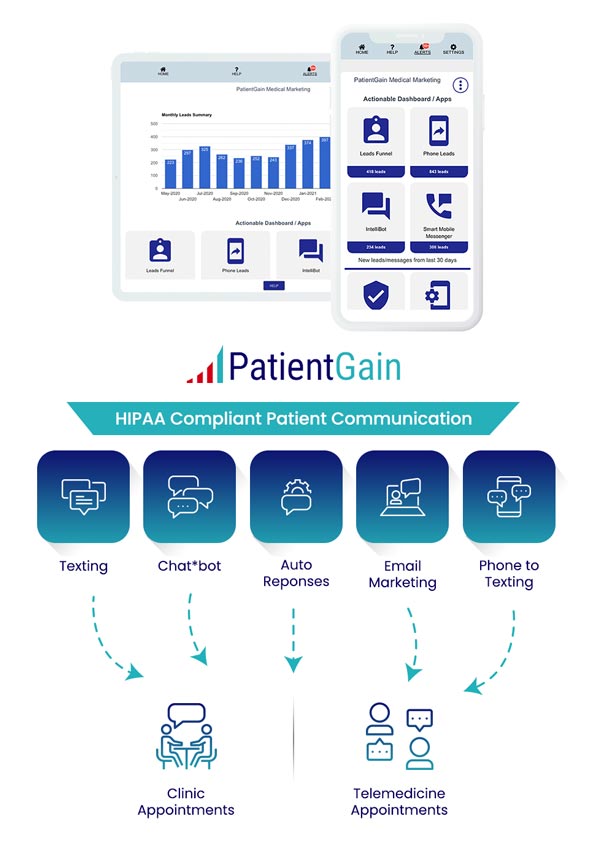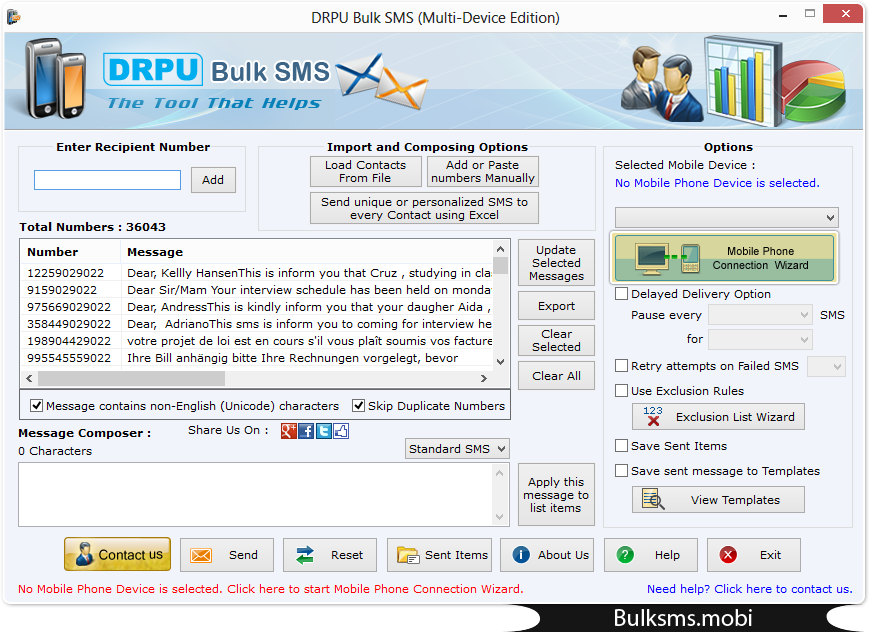

#Web based text messaging program full
15 18–21 As a result, the full potential of Internet cessation programmes to reduce smoking prevalence and save lives is yet to be realised. However, most smokers engage minimally with even the best designed cessation websites, visiting only one to two times and not using many of the interactive tools or community support that promote abstinence.

6–8 Quit rates in Internet programmes range from 18% to 20% at 1 year 9–11 and greater intensity of use yields higher quit rates. Millions of smokers search online for quit smoking information each year, 3 and hundreds of thousands register on web-based cessation programmes offered by quitlines in 51 US states and territories and Canada, 4 by hundreds of employers and health plans throughout the US, 5 or on publicly available, high-volume web-based cessation programmes around the globe. 2 The reach of web-based cessation programmes is unparalleled. Internet interventions are a promising delivery channel for cessation treatment that have potential for enormous public health impact. 1 Reducing population smoking prevalence can save more lives and money than almost any other preventive intervention. Tobacco use is the leading cause of preventable death in the USA, causing 480 000 premature deaths among adults and nearly $289 billion in total economic burden each year.
#Web based text messaging program trial
In addition, the lessons learnt from this trial about how best to use text messaging to facilitate intervention engagement will be relevant to smartphone apps. However, the number of text messages sent each year remains in the billions, ensuring that this technology will remain relevant for the foreseeable future. With the increasing use of smartphones and growing use of instant messaging applications, the use of text messaging may continue to decline. If findings are supported, future studies will further refine text message protocols to focus on subgroups at greater risk of smoking relapse.Īlthough text messaging is nearly ubiquitous in 2016 at the start of the trial, we are aware of early reports that the number of text messages sent has declined recently, potentially due to the adoption of instant multimedia messaging applications such as Snapchat and WhatsApp. This study also does not specifically target individuals with certain psychiatric or medical comorbidities known to impact smoking cessation rates. Although multiple factors influence use of web-based cessation programmes, we cannot examine all factors relevant to adherence, but will measure theory-driven constructs to inform our interpretation of results. Study findings will add to the growing knowledge base about the overall effectiveness of Internet cessation programmes and mechanisms through which their population impact on smoking prevalence can be improved.Ī limitation of this study is that it examines a limited number of factors related to adherence. The proposed study is innovative in its use of an optimised text messaging intervention as an adherence strategy. The potential scientific and public health impact of this study is likely to extend beyond web-based cessation programmes to other health risk behaviours. This study will improve adherence to proven web-based cessation interventions, which is critical to leveraging the potential public health impact of this ‘broad reach’ treatment modality. Secondary analyses will explore whether adherence mediates the effect of treatment condition on outcome. Phase II participants will be N=600 adult smokers who register to use an established Internet cessation programme and enrol in text messaging. Phase II will be a two-arm randomised trial to compare the efficacy of the web-based cessation programme alone and in conjunction with the optimised text messaging intervention on 30-day point prevalence abstinence at 9 months. Participants will be N=860 adult smokers who register on an established Internet cessation programme and enrol in its text message programme. The primary outcome is a composite metric of adherence that incorporates general utilisation metrics (eg, logins, page views) and specific feature utilisation shown to predict abstinence. Phase I will use a two-level full factorial design to test the impact of these four experimental features on adherence to a web-based intervention. We identified four aspects of a text message intervention that may enhance its effectiveness in promoting adherence to a web-based smoking cessation programme: personalisation, integration, dynamic tailoring and message intensity.


 0 kommentar(er)
0 kommentar(er)
